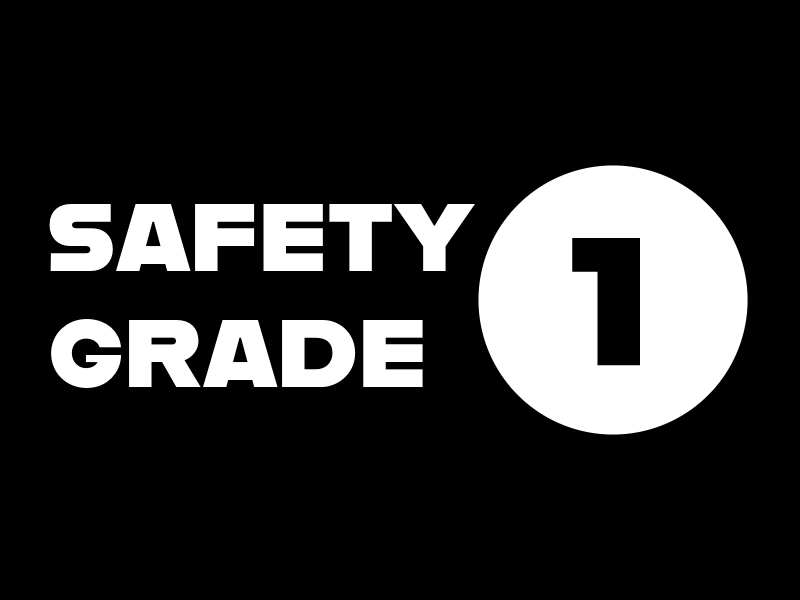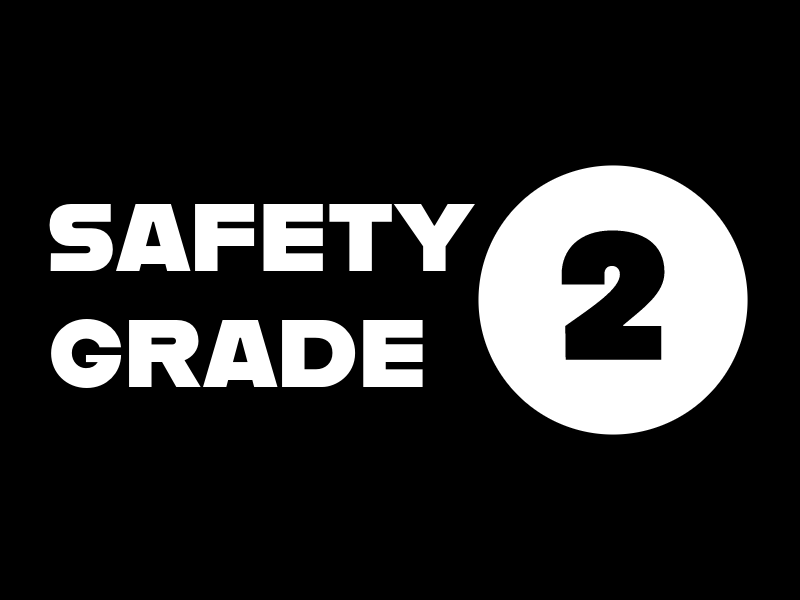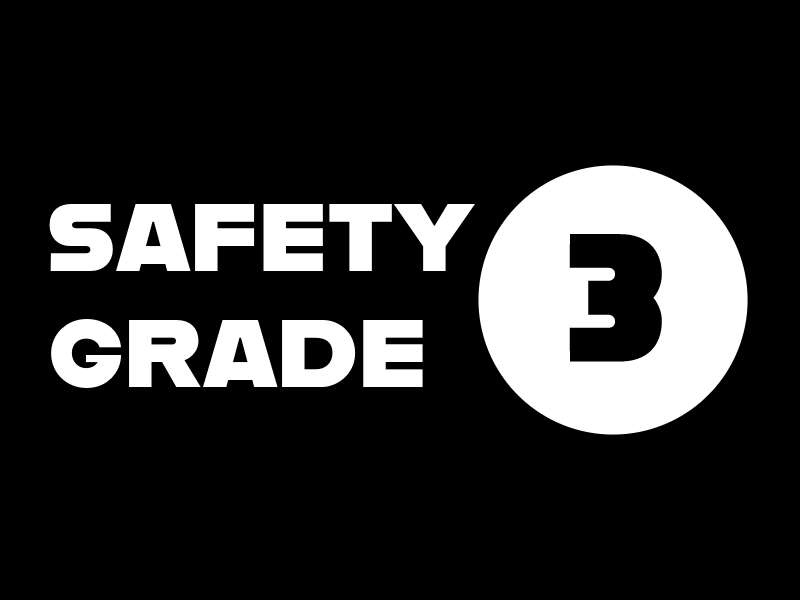SAFETY GRADES
The “Safety Grades” classification system by Vega Holster evaluates holsters for police, tactical-operational, and special operations use. This assessment is based on the actual effectiveness of the safety systems implemented in each model, considering two crucial factors:
- Mental Factor: The reaction time in dangerous situations necessary to initiate the action of drawing the weapon from the holster.
- Mechanical Factor: The actual time required to complete the weapon drawing operation.
Both factors can be improved with training, which is recommended for anyone who uses a firearm. However, their effectiveness also depends on the number and type of safety systems present between the weapon and the holster. A higher safety grade generally corresponds to a longer drawing time. Therefore, it’s critical to choose the holster with the safety grade that best fits the specific needs of each operator.
For example, for an operator on public order duty, a holster with a high Safety Grade is recommended to ensure maximum weapon safety, even if this implies longer drawing times. Conversely, for an operator in situations of imminent danger, where having the weapon ready for use is essential, a medium-low Safety Grade is preferable.

The safety is usually a strap with a button. These types of safeties can be subject to accidental release.

The safety system does not allow for accidental releases and requires a single, but precise movement.

The safety system offers good protection against assailants attempting to take the weapon from the operator, as well as excellent protection from accidental releases. In this case, there are always two safety systems that act at different points on the weapon. These systems can be released or removed using different fingers of the hand, in case the release buttons are separated; or with one finger, but through two distinct and separate movements, in case the release buttons are positioned on the same side and close to each other; or finally, with one finger and a single movement, in case the same lever button acts on both safety systems.
